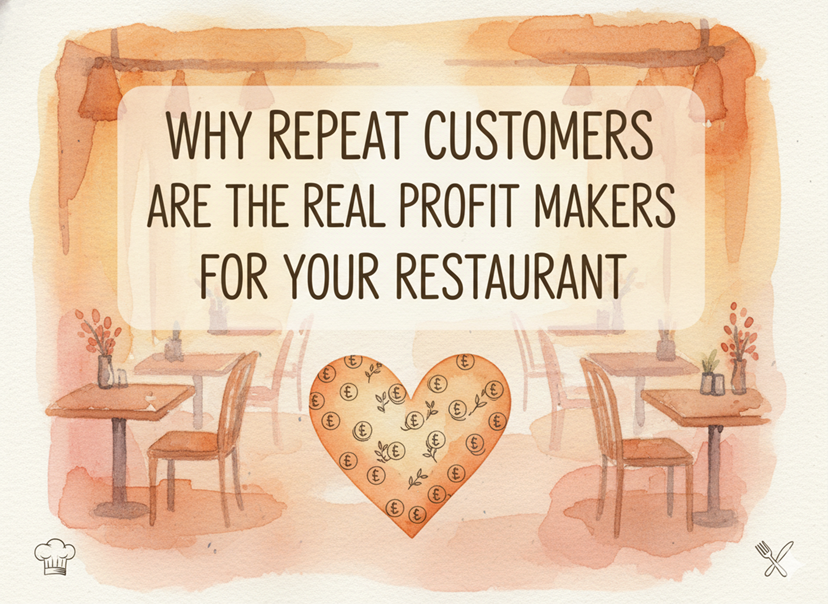In the world of restaurants, where the aroma of delectable dishes fills the air and customer satisfaction is paramount, there lies an equally crucial aspect that often remains behind the scenes: accounting for restaurants. Among the various tasks that restaurant owners and managers undertake, balancing accounts stands as a cornerstone for sustainable growth and success. This article delves into the significance of balancing accounts for restaurant growth and provides a comprehensive guide to mastering this essential skill.
Importance of Balancing Accounts
Balancing accounts isn’t just about numbers; it’s about ensuring the accuracy, efficiency, and sustainability of your restaurant’s financial operations. Firstly, it serves as a guardian of accuracy, pinpointing any discrepancies or errors in your financial records. By promptly identifying and rectifying these issues, you uphold the integrity of your financial data, fostering trust and reliability in your business operations.
Secondly, balancing accounts offers a window into your restaurant’s financial health. By meticulously reconciling expenses, revenues, and profit margins, you gain invaluable insights to inform strategic decisions. From budgeting and pricing to cost management, these insights empower you to steer your restaurant toward profitability and longevity.
Moreover, the process of balancing accounts serves as a watchdog for inventory management, helping to mitigate instances of theft or fraud. By maintaining a vigilant eye over your financial transactions, you safeguard your restaurant’s assets and uphold its integrity.
Lastly, accurate financial records are indispensable for tax compliance. Balancing accounts ensures that your financial information is in order, streamlining the tax filing process and mitigating the risk of audits or penalties. Thus, by mastering the art of balancing accounts, you pave the way for better accounting for restaurants and sustainable growth.
Gather all financial documents
To embark on the journey of balancing accounts, gather all relevant financial documents, including bank statements, sales records, purchase receipts, and invoices. This comprehensive collection provides a holistic view of your restaurant’s financial transactions, laying the groundwork for meticulous reconciliation.
Reconcile bank statements
Begin by reconciling your bank statements with your internal records. Scrutinize each transaction, ensuring that they align seamlessly with your records. Take note of any outstanding checks or deposits that are yet to clear, ensuring that no financial discrepancy goes unnoticed.
Review sales and revenue
Delve into your sales records, meticulously comparing them with the deposits reflected in your bank account. Verify the accuracy of each transaction, whether cash or card, to unveil any potential discrepancies or irregularities. This meticulous review serves as a safeguard for your restaurant’s revenue streams, ensuring transparency and accuracy.
Verify expenses
Turn your attention to expense records, cross-referencing them with corresponding receipts and invoices. Ensure that each expense is accurately recorded, categorized, and allocated to the appropriate cost centers. This diligent verification enables you to identify areas for cost optimization and efficiency enhancement, fostering prudent financial management.
Calculate profit and loss
Harness the insights gleaned from the preceding steps to compute your restaurant’s profit and loss. Compare revenues and sales against expenses to ascertain your net profit. This pivotal calculation offers a panoramic view of your restaurant’s financial performance, guiding strategic decision-making and resource allocation.
Take corrective actions
Should you unearth any errors or discrepancies during the account balancing process, take swift corrective actions. Rectify mistakes, refine budgeting strategies, or fortify financial controls to forestall future issues. By addressing these challenges proactively, you fortify the financial foundation of your restaurant, propelling it toward sustainable growth and success.
Balancing accounts stands as a linchpin of financial management for restaurants, underpinning accuracy, transparency, and sustainability. By meticulously reconciling financial records, restaurant owners and managers fortify the financial foundation of their establishments, empowering informed decision-making and fostering growth.
To augment your financial management prowess, consider exploring additional resources such as accounting software or consulting with professional accountants. Armed with accurate and up-to-date financial records, you embark on a journey toward financial mastery, poised to navigate the intricacies of restaurant management with confidence and finesse.



